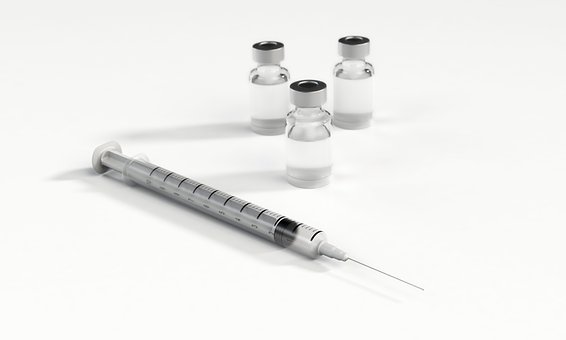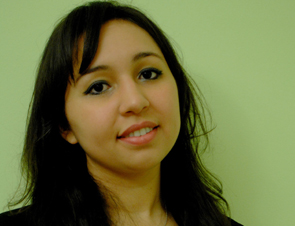Dr. Anna Chacon, Next Steps Correspondent personally selected by Dr. Wendy Roberts, shares a recap and pearls from Dr. Erin Gilbert’s “Botulinum Toxin for Rosacea” lecture presented at the 2018 Generational DermatologyTM Palm Springs Symposium.Next Steps in Derm is published by SanovaWorks.
Dr. Erin Gilbert, an internationally recognized board-certified dermatologist and founder and director of Gilbert Dermatology in New York City, presented on her experience with Botox for rosacea, one of her favorite procedures and something I had actually never heard (or thought of before)!
After going to her session, I realize that Botox may be a very viable tool for patients dealing with a range of mild to refractory flushing or telangiectasia. Dr. Gilbert’s PhD in neuroscience allows her to apply her knowledge of neuromodulators and incorporate this information to positively impact patient’s lives with rosacea. I also learned about the pathogenesis of rosacea, including the fact that neuropeptides are unregulated in rosacea patients. The Botox technique works well in erythematotelangiectatic rosacea inducing vasodilatory responses.
Dr. Gilbert also went over her dosing & techniques including mapping out the treatment area beforehand, performing everything by hand, approximately 1 cm apart. Some highlights from her treatment recommendations are:
- 1-2 Botox units in intradermal blebs to avoid muscular effects and re-treatment every 3 months
- She reconstitutes the neuromodulators with 1 cc of normal saline and uses insulin syringes toachieve virtually painless injections
- Effects shown are a reduction in oil production, decreased inflammatory lesion count, reducedoverall flushing in treatment areas, and smaller pore size with “microbotox.” A comparison of her clinical photos showed a significant decrease in facial erythema.
Dr Gilbert’s approach to refractory flushing/rosacea includes intraepidermal micro droplets and she finds that sometimes higher doses last longer and are more effective. Treatment areas typically include the nose, cheeks, ears and pre-auricular areas. Her personal preference is to use Dysport, because she prefers its amount of diffusion. Although there are no randomized controlled trials on this treatment method, she has found it is safe and effective for patients with refractory flushing. Clinical studies are needed to fully understand the mechanism of action.
Combination therapy can also give optimal results, such as using laser in combination with Botox to treat telangiectasia. Her devoted patients have gained faith in this treatment option and have flown from all over the world for this treatment. She also reports that although she injects into cheeks often for this problem, she fortunately has never seen a drop in the zygomaticus muscle in one of her patients.


